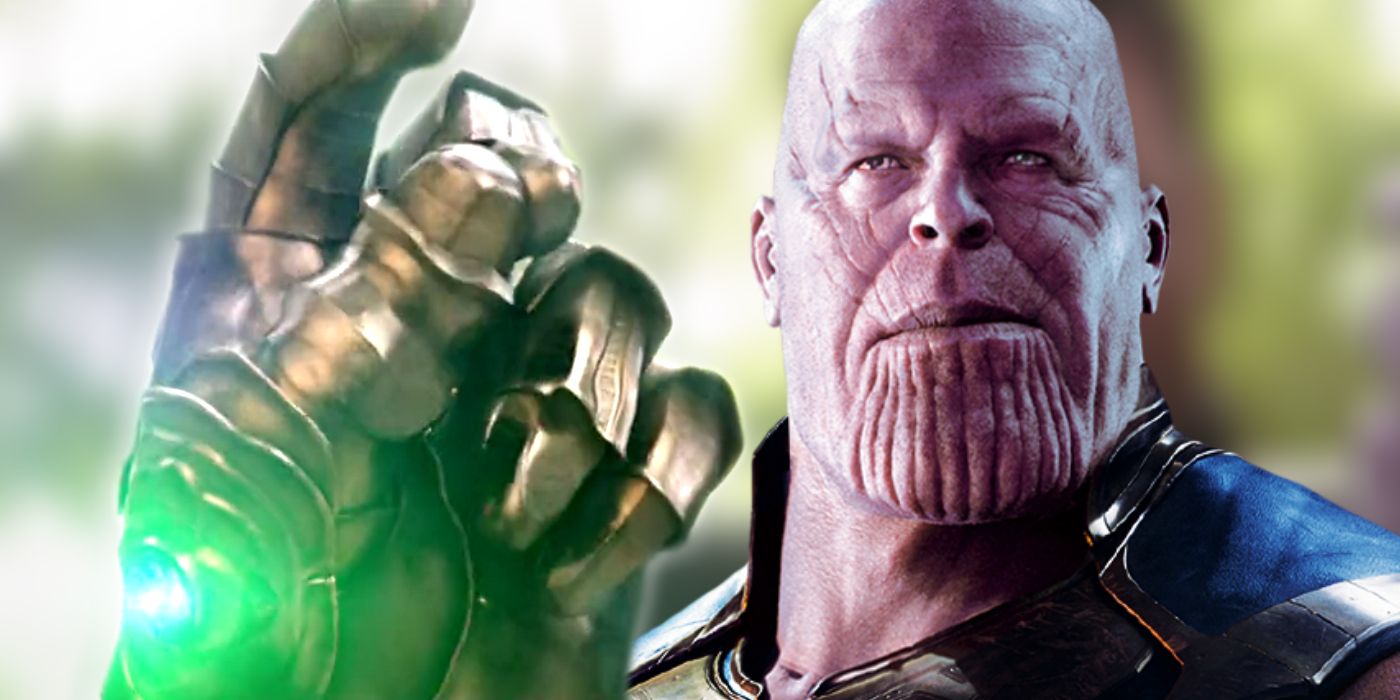Doctor Who: Flux is borrowing from the MCU, and the approach is proving to be a tremendous success. When the BBC canceled Doctor Who in 1989, in part it was because execs had lost interest in science-fiction as a genre. However, sci-fi grew in importance as a genre over the next decade, and by the late '90s it was clear to the BBC's leadership that they needed a major science-fiction brand of their own. When Russell T. Davies began approaching the BBC with the idea of bringing back Doctor Who, he was pushing at an open door.
The media environment has changed massively since Doctor Who was relaunched in 2005. When current showrunner Chris Chibnall took over, he was tasked with competing with Netflix. However, as he's reflected in interviews with Doctor Who Magazine, the challenge now is to compete with Disney+. "The TV landscape is unrecognizable," he explained, "compared to when I accepted the job five years ago. Simply put, the whole of television has been revolutionized and transformed... The challenge we were set by the BBC was to keep up with Netflix. The challenge for the people who succeed us is to keep up with Disney+." A part of that means embracing the influence Disney+ has on the cultural zeitgeist, and drawing lessons from the success of some of Disney's biggest transmedia franchises - namely, the MCU.
Doctor Who season 13 is showing just that sense of awareness, particularly in its attempts to position new villain Swarm - an old enemy of the Doctor, whose past encounters with the time traveler have been erased from her memory - as the show's version of Thanos. Swarm possesses some sort of death touch, and with Swarm Doctor Who repeats the MCU's best Thanos trick. Swarm's victims are transformed to dust when he touches them, in just the same way Thanos' victims were "dusted" after he had snapped his fingers in Avengers: Infinity War. Amusingly, Doctor Who: Flux episode 2 took things one step further, with a cliffhanger ending in which Swarm unleashed all of time in the mysterious Temple of Atropos - by snapping his fingers.
The comparisons go further than that, though, with the Doctor Who's Temple of Atropos - a new location introduced in Doctor Who season 13 - feeling curiously reminiscent of Loki. The Temple of Atropos is situated on a planet called Time, situated outside space and time, and the beings within (called the Mouri) controlling the flow of time in the universe. They're clearly based on the Greek legends of the Moirai, the Fates, who controlled the destinies of gods and mortals. It all sounds just like Loki's Time Variance Authority, with the Mouri serving as the equivalent of He Who Remains, the being Loki discovered lived at the end of the universe and determined the flow of events in the so-called Sacred Timeline. It's actually quite amusing to see Doctor Who riff on the TVA in this way, because they were co-created by Roy Thomas and Jean-Marc Lofficier. Lofficier is a well-known figure in Doctor Who fandom as well, a master of continuity who penned books like The Episode Guide, The Terrestrial Index, and The Universal Databank, that wrestled with Doctor Who's confusing, convoluted continuity.
Even the overarching style of Doctor Who season 13 seems to be partly inspired by the MCU, with Chris Chibnall taking great care to balance out drama and humor in a manner very similar to Marvel Studios. The MCU doesn't always get that balance right, but in general Chibnall is pulling it off well, with only a few stumbles. It means Doctor Who is appealing to a far wider fanbase than before - not just old-school Doctor Who fans, but also lovers of the MCU, who can't help but feel there's something familiar and entertaining about Doctor Who: Flux. It's a smart approach for Chibnall to take, with the showrunner learning from Hollywood's biggest success story, proving that the formula can even work for Doctor Who.


